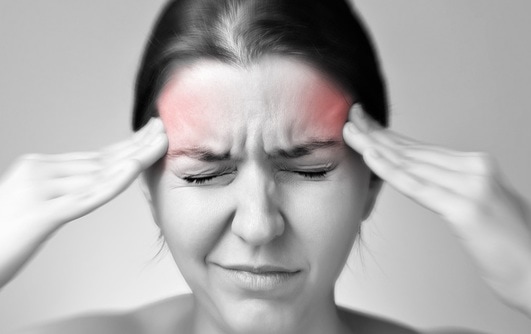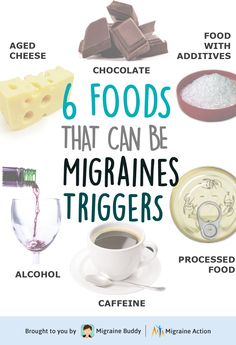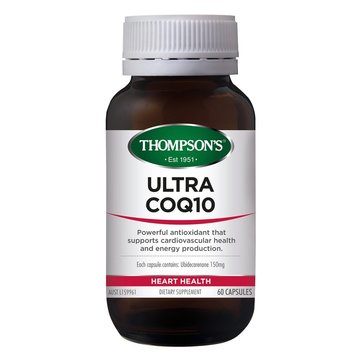SYMPTOMS
(a) the pain can be classified by at least two of the following:
- one sided
- moderate to severe
- throbbing
- aggravated by movement
(b) there is at least one of the following associated symptoms:
- nausea
- vomiting
- photophobia (sensitivity to light)
- phonophobia (sensitivity to noise)
- aura (visual disturbances such as bright zigzag lines, flashing lights, difficulty in focusing or blind spots lasting 20-45 minutes)
(c) the headache lasts for between 4 and 72 hours.
TRIGGERS
Dietary Triggers
- missed, delayed or inadequate meals
- caffeine (coffee and tea) withdrawal
- certain wines, beers and spirits
- chocolate, citrus fruits, aged cheeses and cultured products
- monosodium glutamate (MSG)
- dehydration
Environmental Triggers
- bright or flickering lights, bright sunlight
- strong smells, e.g. perfume, gasoline, chemicals, smoke-filled rooms, various food odours
- travel, travel-related stress, high altitude, flying
- weather changes, changes in barometric pressure (likewise, decompression after deep-sea diving)
- loud sounds
- going to the movies
- computers (overuse, incorrect use)
Hormonal Triggers
Hormonal fluctuations are implicated as a significant trigger for women as three times as many women suffer from migraine headaches as men, this difference being most apparent during the reproductive years.
Hormonal triggers may be:
- Climacteric (final menstrual period)
- Menstruation (a UK study found 50% of women more likely to have migraine around menstruation)
- Ovulation
- Oral contraceptives
- Pregnancy (may worsen for first few months but in two thirds of women improves in latter part)
- Hormone replacement therapy (HRT)
- Menopause
Physical and Emotional Triggers
- lack of sleep or oversleeping(even as little as half hour difference in routine, e.g. sleeping in on weekends)
- illness such as a viral infection or a cold (if taken cold and migraine medication, remember that many cold remedies contain pain-killers)
- back and neck pain, stiff and painful muscles, especially in scalp, jaw, neck, shoulders, and upper back
- sudden, excessive or vigorous exercise (regular exercise can however prevent migraine, if migraine is triggered by a blow to the head a doctor should be consulted)
- emotional triggers such as arguments, excitement, stress and muscle tension
Log Your Migraine Triggers with Migraine Buddy
Your Chiropractor & Your Migraine
sult your chiropractor. Studies show that 50% of migraine sufferers have not been diagnosed. Even if you have previously consulted a doctor and the prescribed treatment has not been successful it is worth going again. Migraines can be managed, effective migraine management involves a partnership between you and your chiropractor.
Based on the theory that most diseases of the body are a result of a misalignment of the vertebral column with pressure on the adjacent nerves that may affect blood vessel and muscle function, chiropractic manual techniques purport to adjust the misalignment. Thus, providing relief from migraine headaches!
Remedial Massage Therapy can also reduce muscle tension throughout the body, thereby reducing headache.




